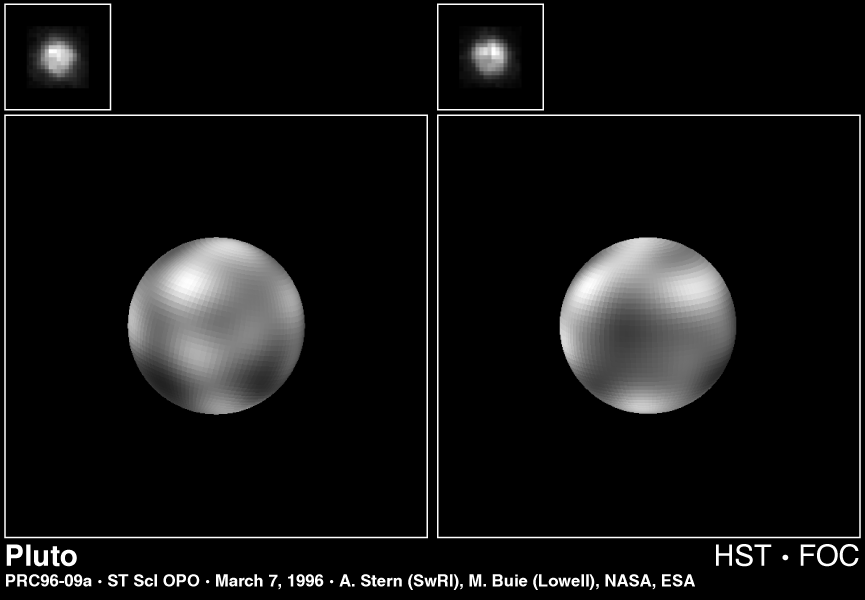Perfection
The Great Head.
You can't get the resolution you need with the HST. This is waht you het:skadistic said:Ten years isn't to far away. But why send a probe to Pluto? Cant we just aim Hubble at it and take some photos?

Pluto is definitely worth it, as a KBO it has properties unseen in other worlds, and it will provide more info on planetary data, and as always, there will be a surprise. Besides, we've already got Cassini working on Saturn.skadistic said:While it is cool I could thnk of better places to spend the money in space exploration like cooler plants such as Saturn.
You'd need a lot more than a "nudge".El_Machinae said:I'd like to remind everyone that there's an asteroid that comes within four lunar distances of Earth. If we could nudge it a bit, we could set it into orbit of Earth, which would make building an orbit base/factory MUCH easier.




 If you want I can edit my post (but I would rather not)
If you want I can edit my post (but I would rather not)
